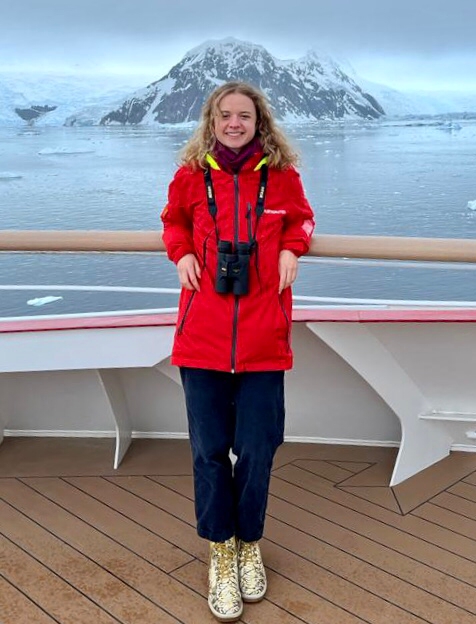Antarctica in full swing – Two sites in a day and humpback whales next to the ship
Day 7 – 08 January 2023
During the previous night some of the team had sighted the first Antarctic minke whale of our expedition. This lead to an extended late night stay of most team members on the outer deck (some shivering away in T-shirts and shorts). So the expectations were set very high for today. We all had enjoyed a bit more sleep as there were no early observation shifts. The vessel was already situated in the southern part of the Errera Channel near Danco Island. Our first activity for the day involved cruising with the zodiacs. As the first group was boarding the zodiacs a surprise humpback whale surfaced right next to the landing platform causing a ripple and a wave of aahs and ooohs amongst the lucky onlookers. Soon after Weddell seals were spotted hauled out on some rocks while the zodiac drivers skillfully maneuvered around icebergs and through brash ice to give us the best views. Gentoo penguins porpoised around the zodiacs and comically rolled onto their backs trying to wash and preen in the icy waters.

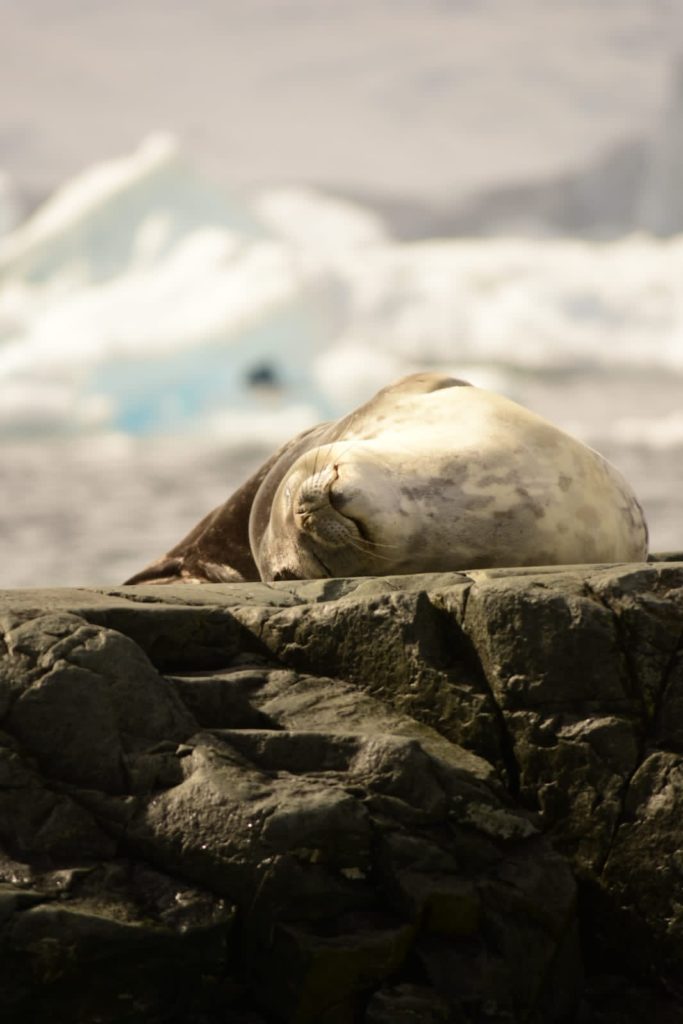
Weddel seals on the rocks – photos by Chris (left) and Laura (right)
Our expedition guides emphasised the dangers from unpredictable ice calving so we observed the magnificent glaciers and large icebergs cautiously from a distance. Glaciers calving into the sea or ice break-ups due to melting can trigger large surface waves and tsunamis. But from our sturdy zodiacs we had the chance to safely experience the splendid beauty of this icy world!
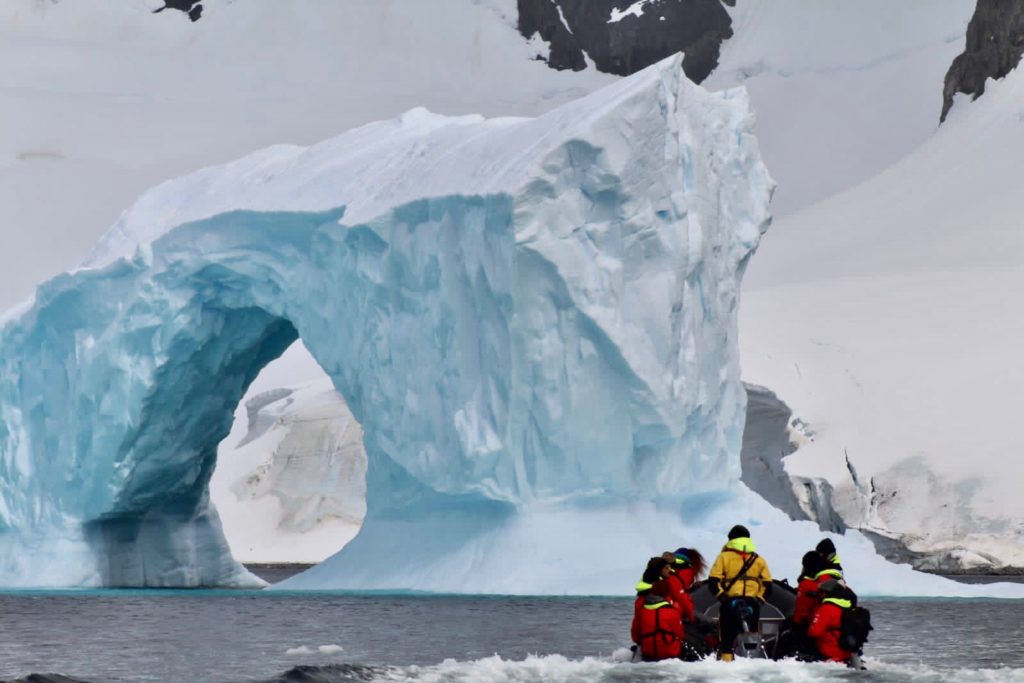
We were cruising amongst the ice off Danco Island. The island is named after the geophysicist Emile Danco, a member of the Belgian Antarctic Expedition who died in Antarctica in 1898. Intriguingly enough (and here my dark physics background kicks in) the role of physicists in the Antarctic is hard to overstate. For example the vast Antarctic Ice Sheet is home to the very special IceCube Observatory at the Amundsen Scott South Pole Station. Thousands of sensors distributed over a cubic kilometre are hidden from our sight deep under the ice from where they detect massless neutrino particles coming from distant Universe fusion reactions. So Antarctica’s frozen landscape helps capture signals from way beyond the Milky Way galaxy! Okay, enough particle physics for today…
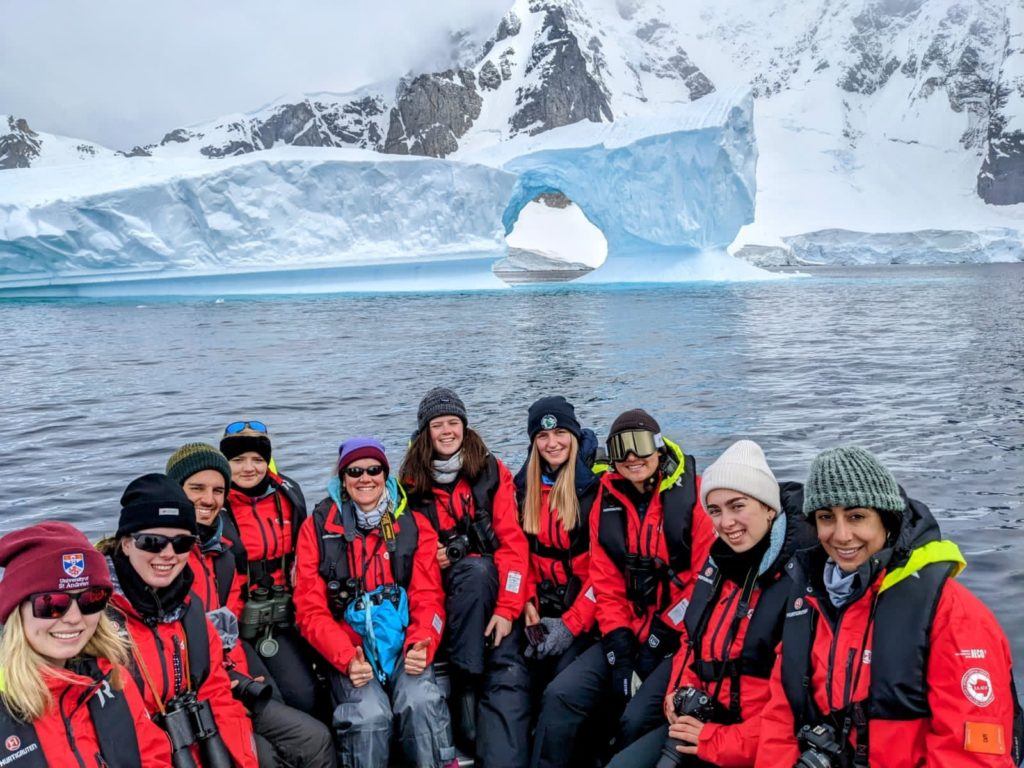
Right after the zodiac cruise, we were back on survey duty from the Amundsen’s outer observation deck. Soon keeping track of events while also regularly rotating observer positions became quite complicated – new marine mammal sightings occurred every other minute and needed to be logged immediately so the data recorders had their hands full tapping information into the tablet with some resorted to pen and paper to capture additional information. And then we all got a great reward – a humpback whale approached the near-stationary ship and surfaced right next to us. We managed to catch a great look while also recording all the data surrounded by a crowd of curious tourists. It was sensory overload and overwhelming but every moment was absolutely worth the effort.
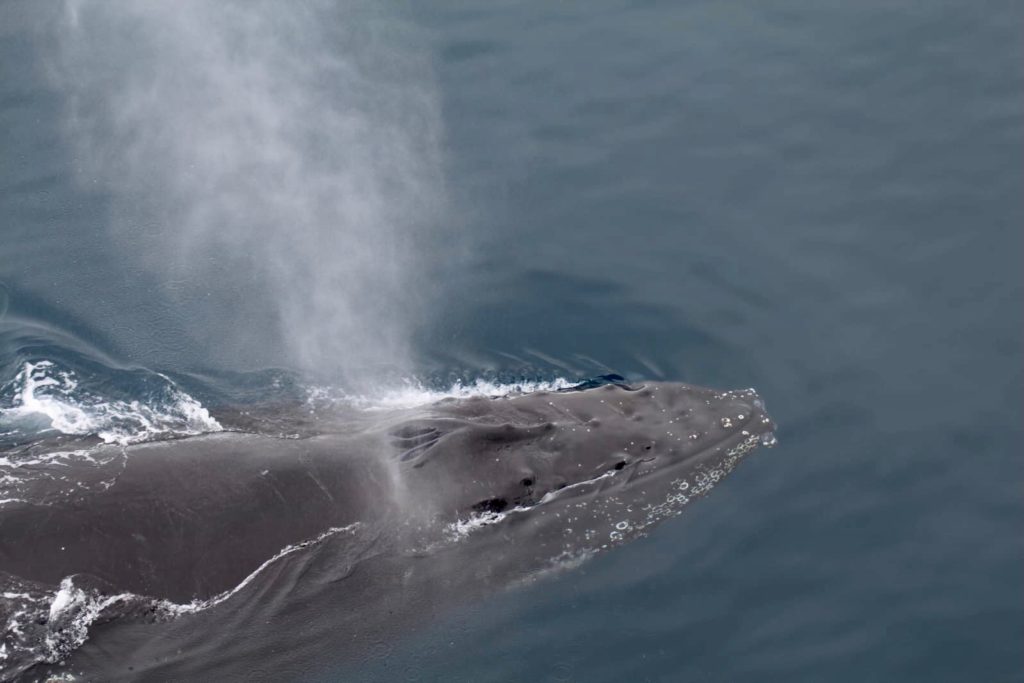
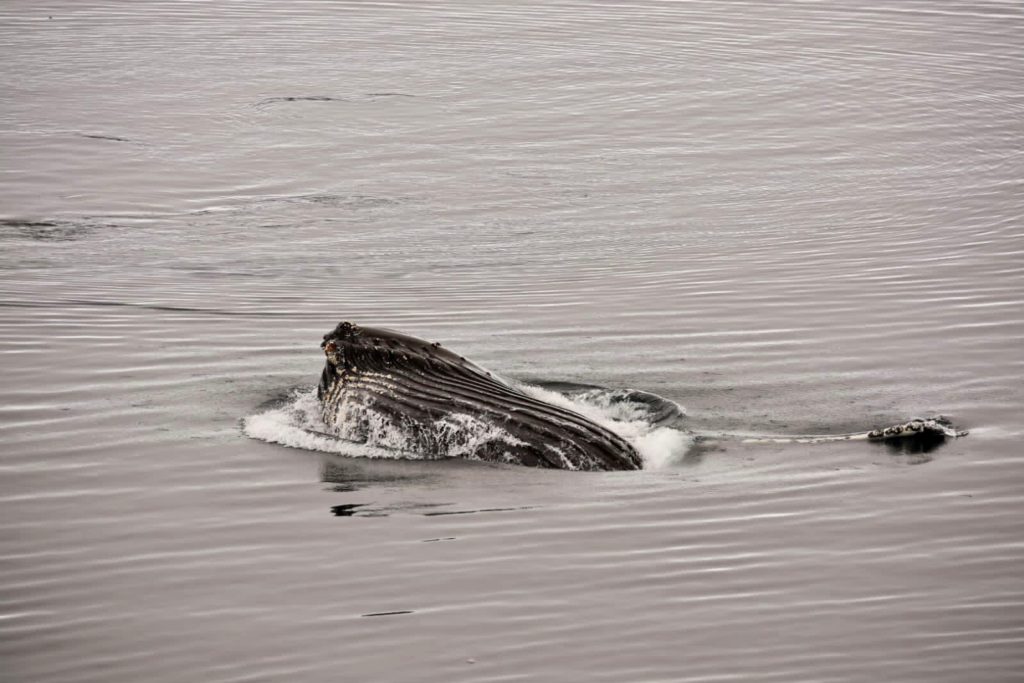
Humpback whale surfacing close to the ship – photos by Chris (left) and Laura (right)
In the afternoon we landed at Neko Harbour named after a Scottish whaling vessel. Our group was divided into several teams with different missions: some had time off and were free to roam (within the safe area set out by the expedition guides) to explore the tremendous scenery and enjoy stunning views of a nearby (very actively calving) glacier. Three team members carried out microplastics sampling on the beach (with an ever watchful eye on the water and the glacier in case a calving triggered a tsunami that would have meant a very quick scramble to safety up the beach). Others were assigned to Team penguin and had to hike up a snow slope for a vantage point overlooking the Gentoo penguin colony. I was lucky to get to watch the behaviour of a rather feisty penguin on its nest – our focal penguin vigorously engaged in open-beak aggression whenever any other penguin came within pecking distance. It also kept a watchful eye on the passing brown skuas – the menace of every penguin colony as skuas seek to exploit any moment of inattention to snatch a meal for themselves and their own chicks. On our way back to the landing site a couple of penguins waddled up, then stood and stared at us blocking our path so part of the group had to wait for a few minutes before the way was clear – penguins always have right of way – after all, it’s their home and they have important business to attend to.

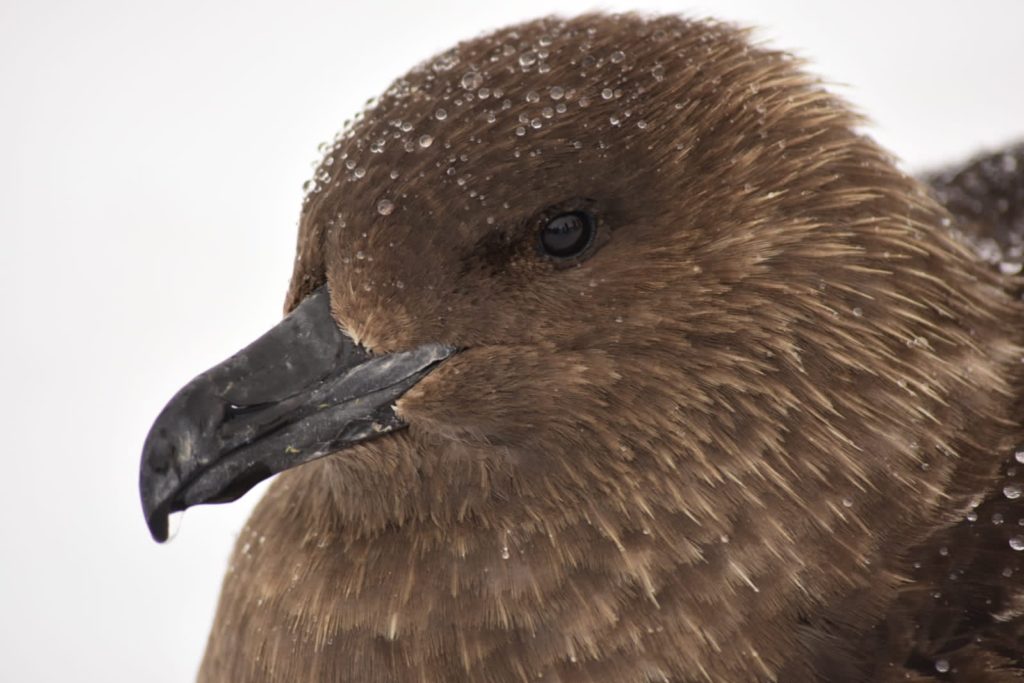
Penguins at Neko Harbour enjoy a scenic view (left photo by Gelya) but are watched by brown skuas (right photo by Laura)
After such an eventful day with two scenic sites full of wildlife, followed by our usual after-dinner meeting and data processing all our polar explorers were looking forward to a good night’s sleep.
Written by Gelya (Anhelina)
